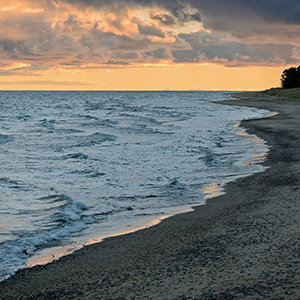Dataset of benthic copepods in the littoral zones of Lake Maggiore

All claims expressed in this article are solely those of the authors and do not necessarily represent those of their affiliated organizations, or those of the publisher, the editors and the reviewers. Any product that may be evaluated in this article or claim that may be made by its manufacturer is not guaranteed or endorsed by the publisher.
Accepted: 15 May 2023
Authors
Copepods (Crustacea: Copepoda) are widespread in aquatic ecosystems worldwide and represent an important component of the meiobenthic metazoan assemblages of lake littorals. Yet, little is currently known about the diversity of benthic copepods in lentic habitats. We gathered information on the benthic copepod assemblages of the littoral zone of Lake Maggiore as part of the Interreg Italy-Switzerland 2014-2020 Parchi Verbano Ticino project (ID: 481668), funded by the European Regional Development Fund (ERDF). Lake Maggiore is a large and deep temperate lake in north-western Italy human-managed from mid-March to mid-September. This contributes to substantial changes in water levels in relation to human activities such as hydropower, industrial and agricultural uses. We compiled a dataset listing 234 occurrences of benthic copepod species recorded from three littoral sampling sites situated in three protected areas, two of which are part of the Natura 2000 network in Italy and one is part of the Emerald Network in Switzerland. We collected the specimens during the summer-autumn period in 2019-2021. We identified the copepods at the species level and created a dataset with individual georeferenced occurrence records for each species, organized in a standardized Darwin Core Archive format. We made available, through the Global Biodiversity Information Facility (GBIF), a total of 13 distinct taxonomic entities and 234 unique georeferenced occurrence records related to the benthic copepod assemblages of the littoral zone of Lake Maggiore (Tabilio Di Camillo et al., 2023). The dataset has the potential to support the authorities in charge of managing Lake Maggiore’s water levels in addressing the ecological risk relevant to the littoral zone and in developing shared implementation strategies for sustainable water management.
Ethics Approval
Michela Rogora, National Research Council, Water Research Institute (CNR-IRSA), Verbania Pallanza, ItalyHow to Cite

This work is licensed under a Creative Commons Attribution-NonCommercial 4.0 International License.






